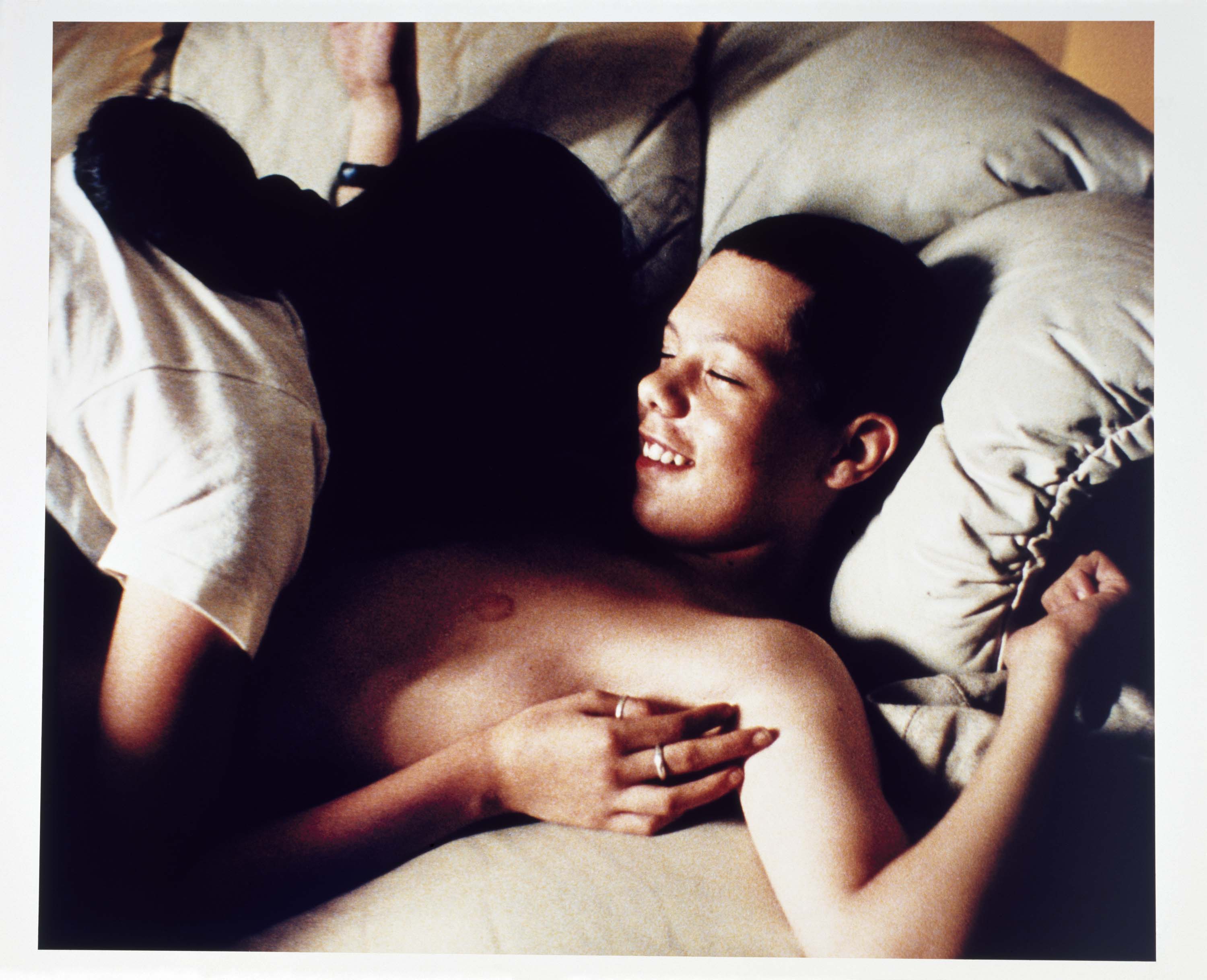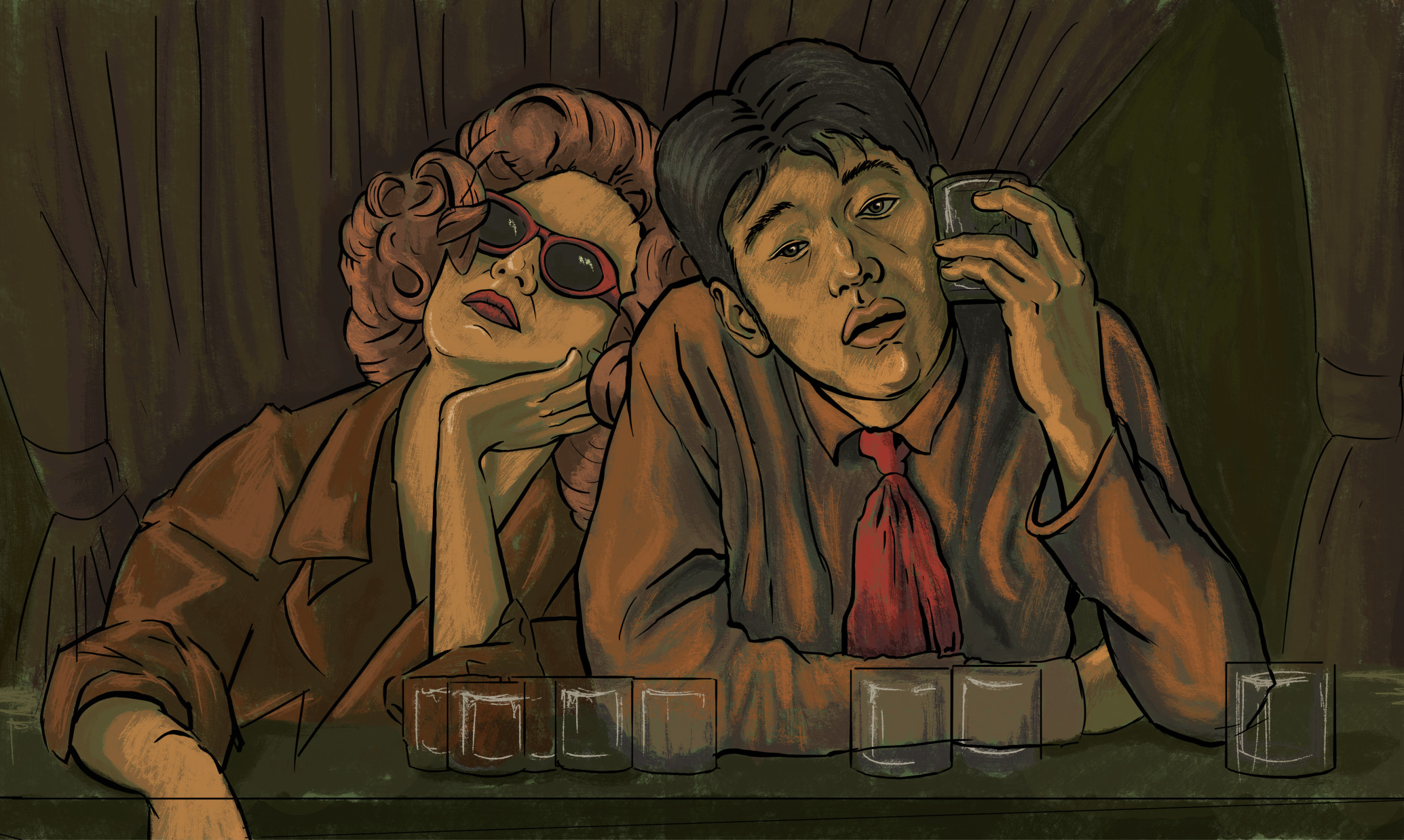
The idea of eternal youth is often framed as an idealistic fantasy that is desired by many — a fantasy that is impossible and unattainable.
For better or for worse, youth becomes synonymous with limitless energy, innocent purity, and fresh beauty. As we move past our twenty-something stage of life, we seek ways to preserve or achieve a youthful look, through skin products, makeup, and even plastic surgery.
The older generations remind us that certain things can only be done when we are young before we lose energy and enthusiasm with age. Some religions believe that we will achieve this eternal youth in heaven.
Yet the “Eternal Youth” exhibition at the Museum of Contemporary Art Chicago (MCA) reminds us of another, more grounded and hard-edged youth. The exhibition, which is divided into five sections — “Fountain of Youth”, “Desirous Youth”, “Portraits of Youth”, “Marketing Youth” and “Irreverent Youth” — presents us with realistic angles and insights. The most striking of these were “Fountain of Youth,” depicting the struggles and experimentation as the core of adolescence, and “Desirous Youth,” where the body is shown as a site of desire to meet societal standards of beauty.
Inspired and centered on Larry Clark’s movie “Kids,” the artworks hold emotions that are less soft and sweet, but more bitter and tough. It brings light to the youth of this 21st century, living in an internet-based culture, bringing attention to the aspects of youth that are undoubtedly present in everyone’s lives but are quickly forgotten about.
Of course, the real youth isn’t perfect, nor is it always full of love and joy. It is a lot of struggling – with your life and yourself — discovering, exploring; a period of time when maybe you have more questions than answers. The youth are curious, and as the time passes with age, we become less curious, and more “enlightened.”
The kids in Larry Clark’s photographic stills explore romance, sex, and drugs — the things that hold mystery to them, allured by the unknown until these things are demystified through an anticlimactic experience. They have dazed expressions, arrested in moments of ennui or disinterest in reality, or perhaps held in a “condition like permanent intoxication,” as Aristotle is known to have said, “because youth is sweet and they are growing.”
In Amalia Ulman’s photograph “Excellences in Perfection (Instagram Update 22nd June 2014),” she shows herself trying to satisfy the ideals of youthful beauty on Instagram, starving herself to achieve the ideal body. Her selfie reflects on social media as a platform to manufacture one’s reality, enforcing visions of beauty that are no doubt unrealistic but nonetheless sought after.
We arrive at the idea of youth as a period of self-discovery but also awareness and development of how one wants to be seen; the idea that “youth doesn’t need friends, it only needs crowds.” A jarring thought occurs that in our present world, we may be constructing two parallel lives that exist separately from one another. The image we present on social media becomes a strangely tangible one that is detached from our physical, daily selves.
In a dark room with purple walls, a video shows teens engage in reckless play around a pool and inside the domestic space, wearing thick party makeup and talking in a whimsical manner about trivial subjects.

Then there are the striking black-and-white photographs taken by Francesca Woodman, in which young people stare back at us, meeting our gaze. In the work “Self Portrait Talking to Vince, Providence, Rhode Island, 1975-1978,” Woodman is engaged in a self-aware and self-gratifying action as she holds the telephone cord in her mouth, aware of her own desirability and challenging the viewer to confront their own thoughts.
As Benjamin Franklin once said: “Reckless youth makes rueful age.” Youth becomes a paradoxical concept that involves the pain of growing up and encountering reality, but then is shaped into an abstract ideal that is probably unlike your own experiences.
Perhaps it is this unattainability, like most things, that makes it a subject of yearning once you pass a certain stage and these events and emotions are processed into memory. Everything has a silver lining when it becomes a memory.
“Eternal Youth” is on view at the Museum of Contemporary Art Chicago through July 23,2017.







